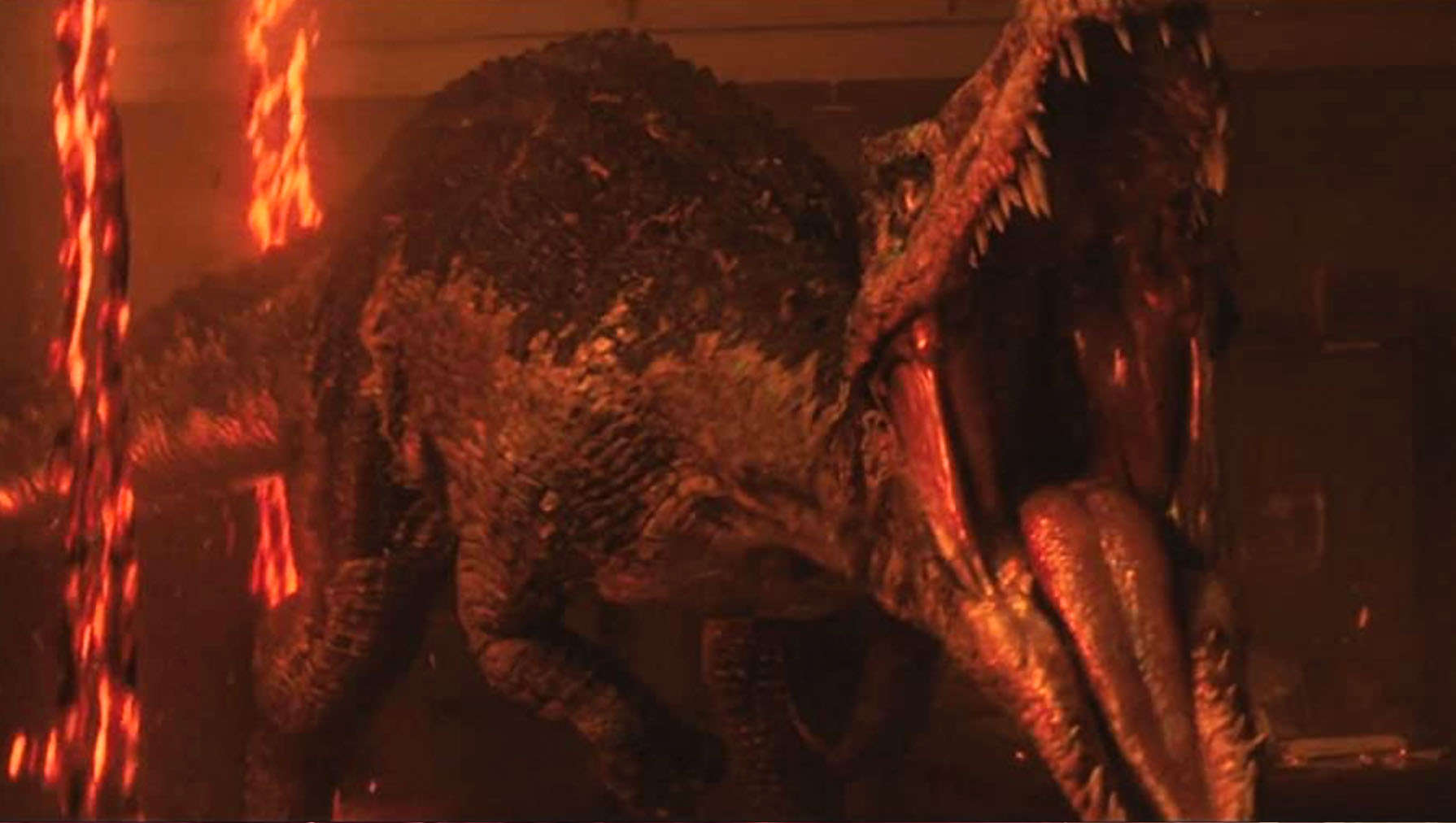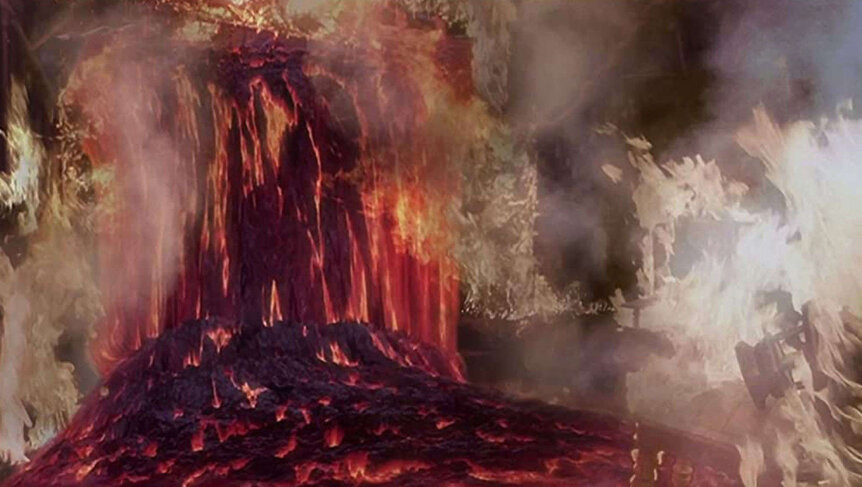Create a free profile to get unlimited access to exclusive videos, sweepstakes, and more!
Every 27 million years, almost everything on Earth goes extinct…but why?

While you might side-eye this because we already live in a pretty messed up 2020, asking what will happen tomorrow — if we even make it to tomorrow — things will probably be even worse for anyone who is around 15 million years from now.
Mass extinctions follow a vicious cycle in which everything just about explodes every 27 million years. New research has found that past annihilation events, which easily wiped out 70 percent of species on land and 90 percent of marine life, have happened at the same time as enormous volcanic eruptions that may have been caused by huge asteroid impacts and intense pulses of activity inside the planet. These destructive forces may or may not have been working together. This is no accident, because three infamous mass extinctions coincided with the three largest impacts of the last 250 million years.
Humans could potentially be wiped out next time around if we haven’t all jumped on a spaceship and followed Elon Musk to Mars by that point.
“Some extinctions are correlated with flood volcanism alone, with no large impact from an asteroid or other object from space,” biologist Michael Rampino, who led a study recently published in Historical Biology, told SYFY WIRE. “But sometimes they might work together.”
Asteroids can definitely set off massive lava flows when they crash to Earth and disturb tectonic plates, opening the literal floodgates for liquid magma to ooze out and burst through the surface. Rampino and his team went back in time by studying ancient flood basalts. These are enormous eruptions, which occur when convection happens in the mantle, with hot fluid rising above cooler fluid and breaking through the crust. Flood basalts cover vast regions with an ocean of lava not unlike the infernal bubbling in the pits of Mordor (at least until it cools off into basalt rock). The age of the volcanic rock coincided with the 27-million-year cycle.
While collisions with space rocks can trigger subsurface convection, it can happen on its own. Earth has its own hot spots, which are areas above hot, molten magma that rises and eventually forms a volcano that vomits gobs of lava. The aftermath of such eruptions causes living things to perish from just about every catastrophe possible on Earth. Lethal periods of cold result from smoke and ash blocking the Sun and bringing on a nuclear winter effect. The same volcanic by-products can also trigger lethal periods greenhouse heating that raises ocean temperatures too high for most species to survive.
“Sometimes volcanism might work together with asteroids or comets, but I believe that large enough impacts or massive volcanism can lead to extinctions on their own,” Rampino said.
It also doesn't help that, every 30 million years or so, the solar system passes through an area that puts Earth and the rest of the solar system at high risk for a barrage of comets. Getting slammed by one of these would result in an epic nuclear winter with acid rain, wildfires, and ozone destruction that would killer radiation to get through and destroy everything like it did on Mars billions of years ago. That would be from a hypothetical impact alone. The ages of asteroid and comet impact craters that the researchers studied were right around that age. Even living on Mars wouldn’t get us out of this one.
But what about global warming? There has been proof of ocean temperatures rising, though not as drastically enough for a mass extinction. Earth has also experienced ozone depletion and an increased greenhouse effect which could mean adaptation or death for many species. That also means us. Rampino offered a surprising insight.
“Predicted human induced greenhouse global warming is 35.6-37.4 degrees Fahrenheit, much less than would be needed for a mass extinction, which is a 50-degree global temperature rise," he said.
At least if we make an effort to reverse what we already screwed up, we have a chance of saving vulnerable species and preventing the planet from becoming a post-apocalyptic wasteland. Future asteroid deflection technology may be able to bump cosmic projectiles out of the way when our solar system passes through the gauntlet again.
Monster volcanoes still might strike in spite of all of this. Millions and millions of years from now, only our descendants will find out.



























